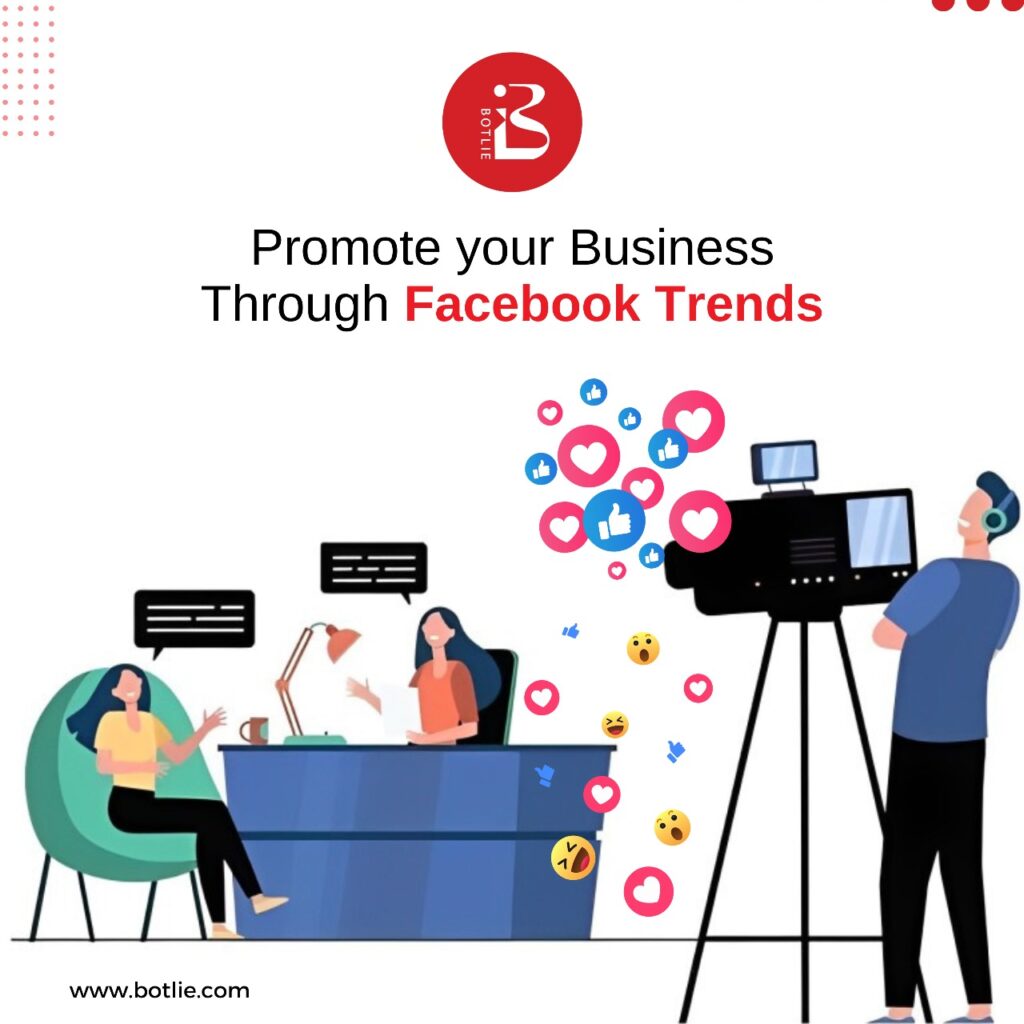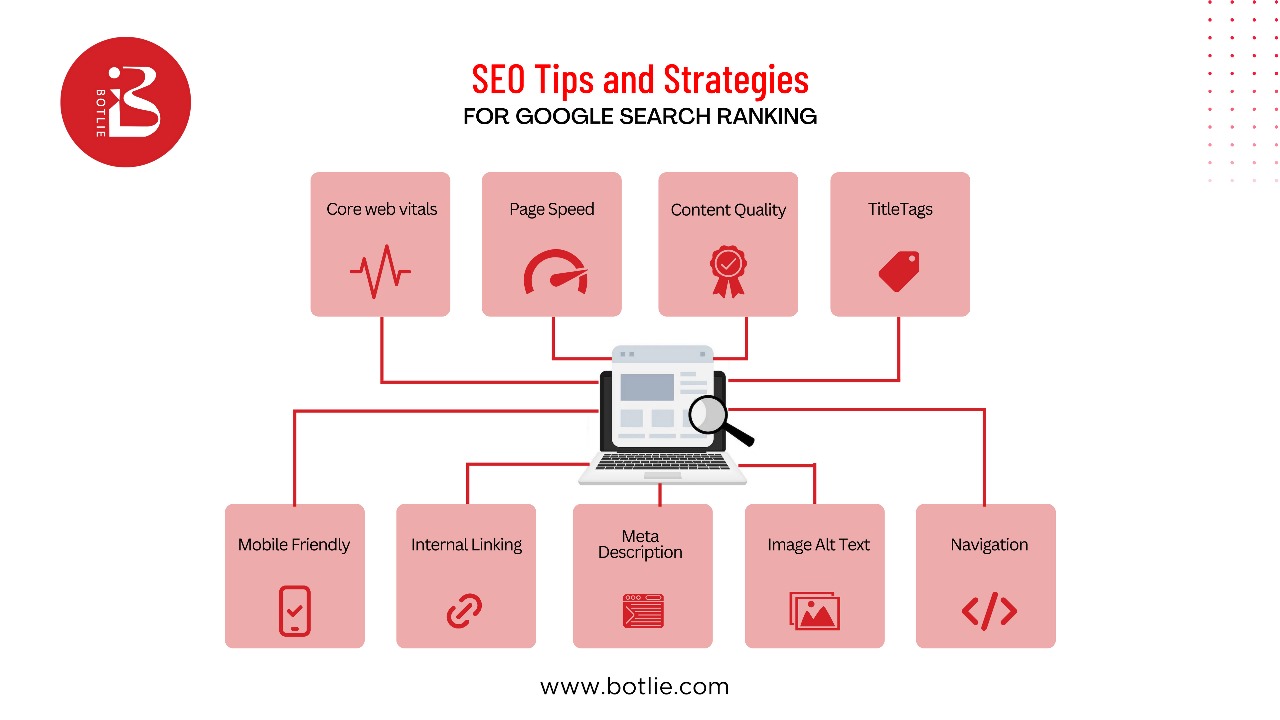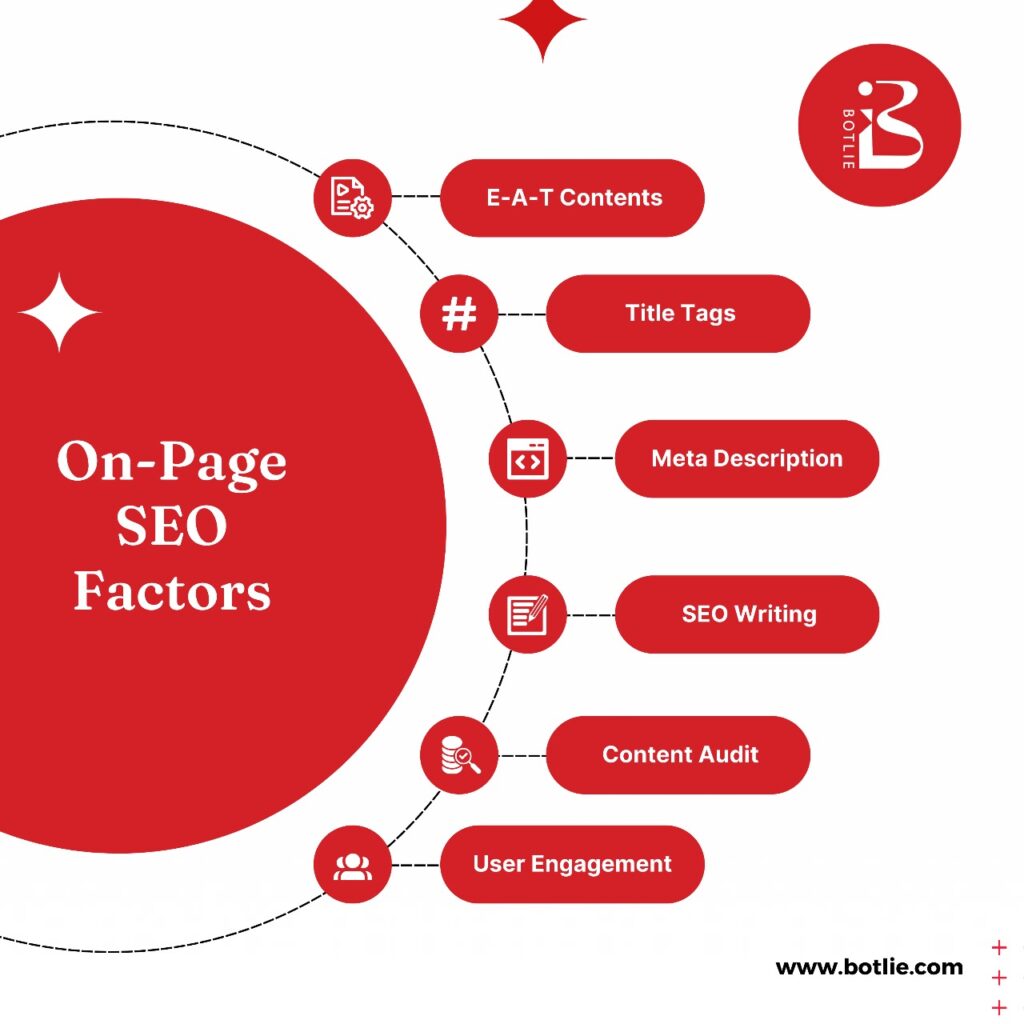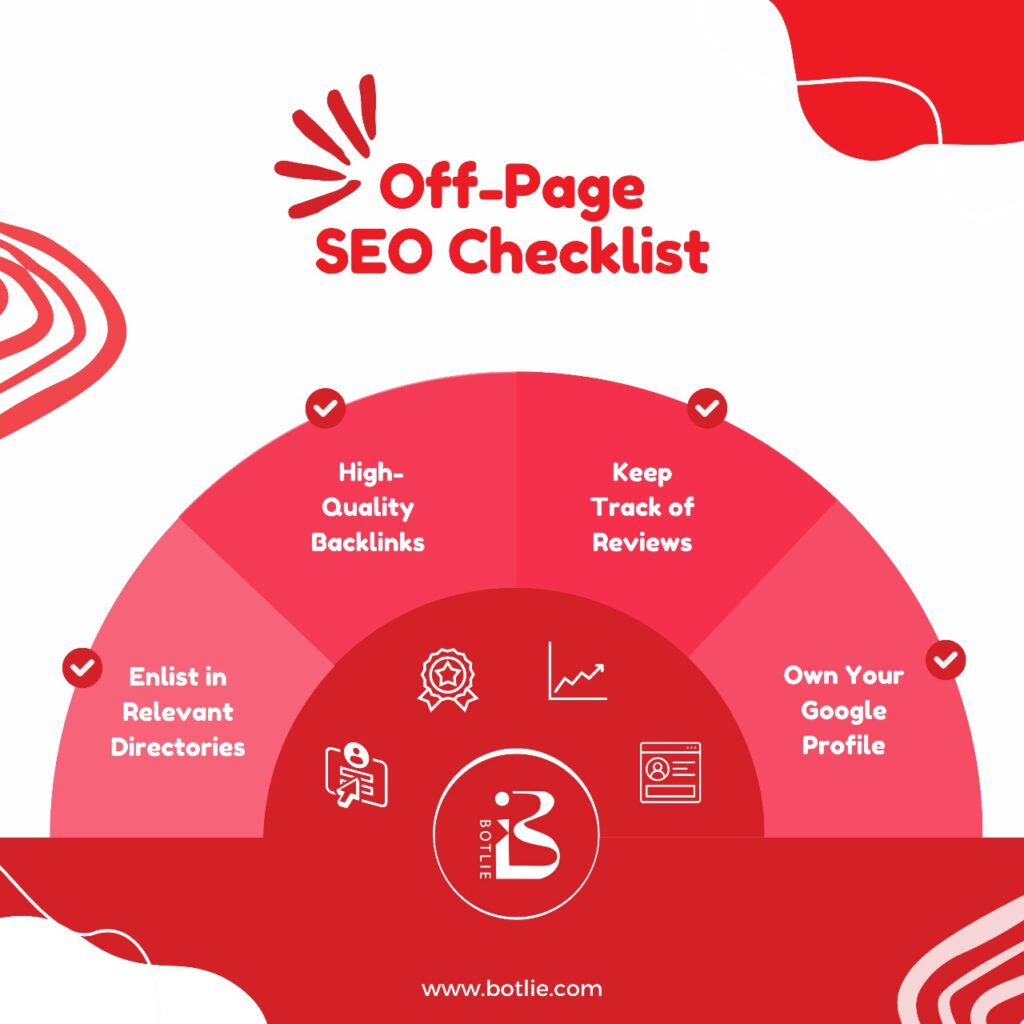Top 6 Facebook Trends to Increase Social Media Engagement in 2024
Do you find yourself scrolling through your social media accounts the moment you wake up? You’re not alone. Surprising as it may be, over 55% of users engage with social media platforms right after waking. But, do you know which social platform is highly preferred by these users? Yes, it is Facebook.
Facebook is a powerhouse for connecting with audiences and building communities with 2 billion worldwide users, 68% of whom are active users. With so many people preferring Facebook, it tends to be a potent platform for brands of every size to build a loyal community. As we step into 2024, staying updated on the latest Facebook Trends can help you to create something that truly resonates with your target audience and increases your engagement and sales in the long term.
Thus, let us explore the top six Facebook Trends that are set to dominate and elevate engagement in the coming year. Stay tuned for BOTLIE‘s in-depth trending research – your guide to achieving stellar results in the year ahead!
6 Facebook Trends to Increase Social Media Engagement
Let us take you through the 6 phenomenal Facebook Trends that are sure to hit the social realm in the year 2024.
1. Facebook Live
To establish authenticity among your Facebook audience, live streaming is your best bet! It provides a unique opportunity to showcase behind-the-scenes glimpses, host Q&A sessions, launch products, or conduct interviews
Facebook Live often notifies followers when you’re about to go live, increasing the chances of immediate engagement. If the content is compelling, relevant, and resonates with the audience, it has the potential to become one of your Trending Videos. In other words, this viral video can uplift not only your followers but also your social engagement.
Live video is becoming a big deal, and it’s going to be even bigger in 2024. Your brand could take full advantage by showcasing the company’s inner workings, from testing products to the actual making process.
2. Augmented Reality (AR) Experience
Who doesn’t love a visual experience? With Augmented Reality, you can provide the audience with a real-time experience, whether it’s a puppy face or your newly launched sunglasses. In 2024, there is a strong belief that there will be a surge in the number of AR filters, effects, and interactive elements in both organic posts and advertisements.
Businesses can utilize this opportunity to give their audience an experience of their product. This would enhance interaction and increase the number of sales through online channels. For example, a clothing brand could exclusively launch a new collection to the social audience through AR filters. This allows users to virtually try on outfits without putting effort into visiting your store. This would surely tempt them to visualize themselves in the outfit and encourage them to make a purchase. Hence, your sales are going to boost from the first day of launch.
3. Share Stories
Stories can never be outdated; they become a powerful tool for brands, especially for beginners looking to introduce their brand. A great story can make them laugh, and cry, and foster an emotional connection with your brand. You can share stories about employees, products, or your amazing journey.
There are multiple ways to do this; you can spread the magic of storytelling through videos. The more engaging these videos are, the more likely they are to stand out in your audience’s news feed and become Viral Video.
However, try uploading the video directly to Facebook rather than pasting a YouTube link. You could also share stories through visually appealing and engaging posts.
4. Personalized Content
In addition to Trending Videos of brand stories, interactive content such as polls, quizzes, and surveys becomes an effective approach to add a personal touch. BOTLIE, with years of experience in social media management, observes that personalization is no longer just a buzzword; it’s a key driver of social media success. Additionally, it can provide valuable potential insights.
By encouraging participation, businesses can create a sense of involvement and make users feel heard. Incorporating personalization and interactivity into content strategies will be pivotal for standing out in users’ feeds
5. User-Generated Content (UGC)
Ever notice those cool Trending Videos everyone’s talking about? Well, that’s where User-Generated Content (UGC) steps in – it’s like your friend’s video going viral, but on a bigger stage.
As the name suggests, UGC is content created by users. It could be a product video, a lifestyle image—anything created by users. UGC content can become your online testimonials and encourage more users to join your community. Thus, make sure you’re encouraging your customers to share their UGC on Facebook. Here are a few ways:
- Reward creators whose content secures a spot in a Viral Video.
- Run a hashtag contest focusing on your product; those who win the contest are presented with the unique opportunity of becoming brand advocates for your brand.
6. Short Form Videos
Short-form videos, popularly known as reels, have revolutionized the algorithms of some social platforms like Instagram and TikTok. Thus, if you wish for your content to become one of the Trending Videos, consider adding more Reels video clips to your mix.
Make Your Content Facebook’s Biggest Trend
Hey, Facebook fans! You know how Facebook rocks the social scene, right? It’s the trendsetter, shaping how we connect. Whether you’re into quick videos or creating your stuff, let’s ride that engagement wave together. Now, blogs are cool, but let’s keep it real—trying a thousand ideas for that one Viral Video. Tough with a busy schedule.
But guess what? No worries! We’ve got your back. Stay on top of Facebook Trends in 2024 with BOTLIE. We’ve got the tricks, we’ve done it for big brands, and we know what clicks, and what flops. Let’s make every piece you create the next big thing.









